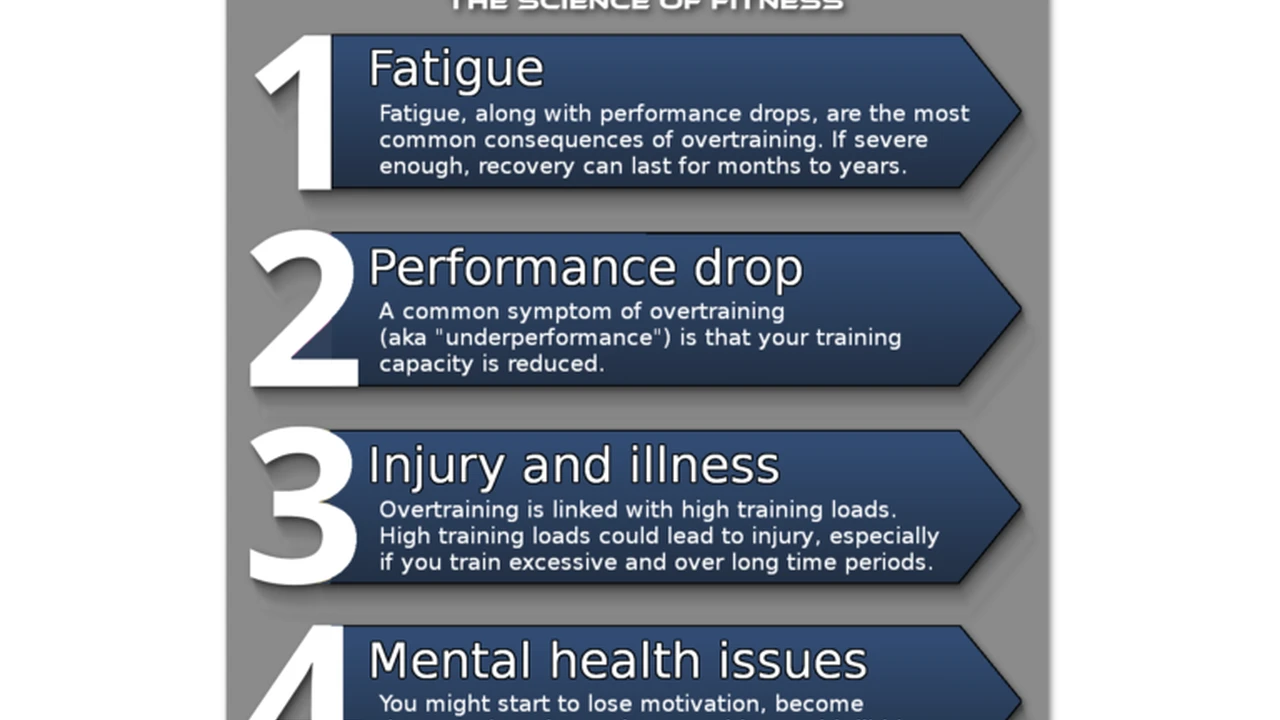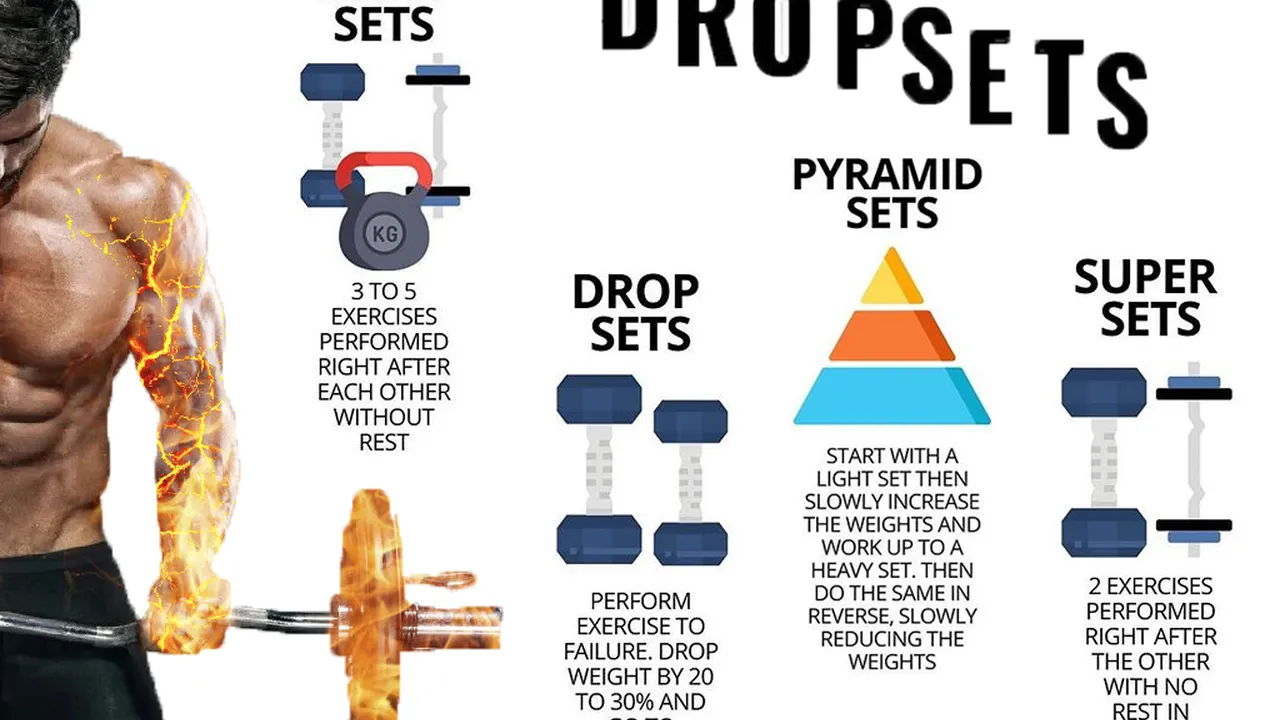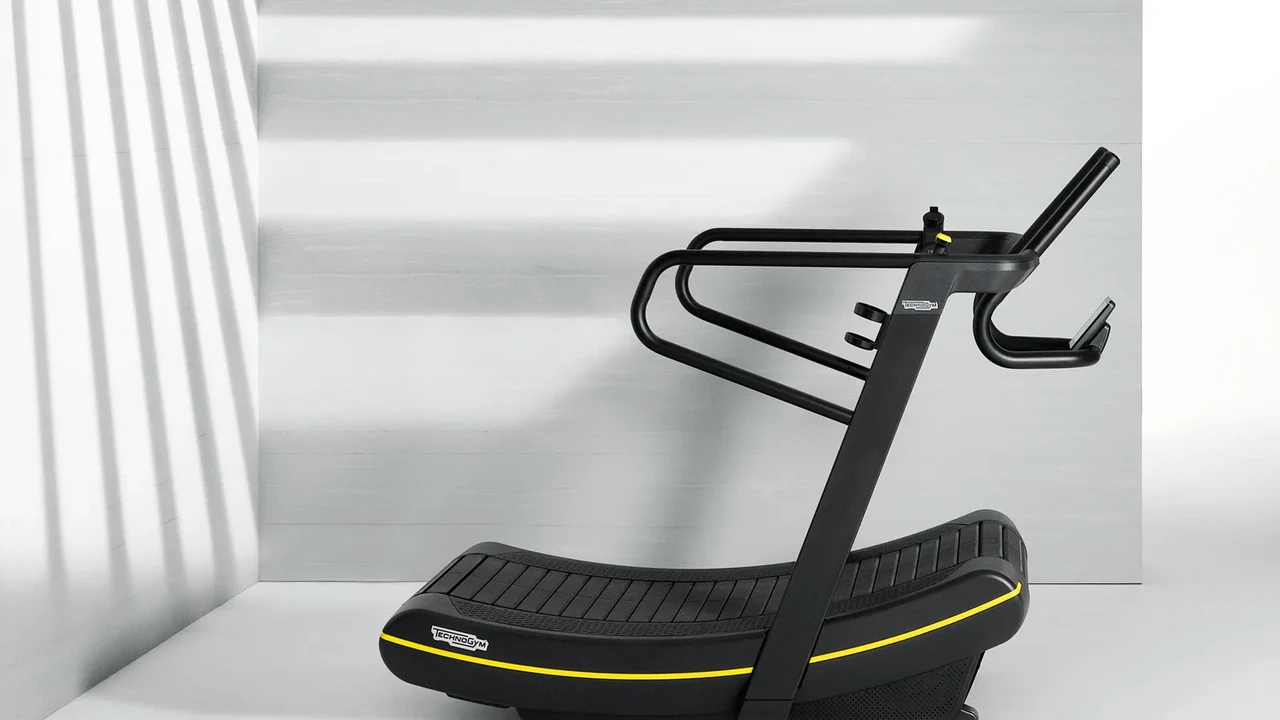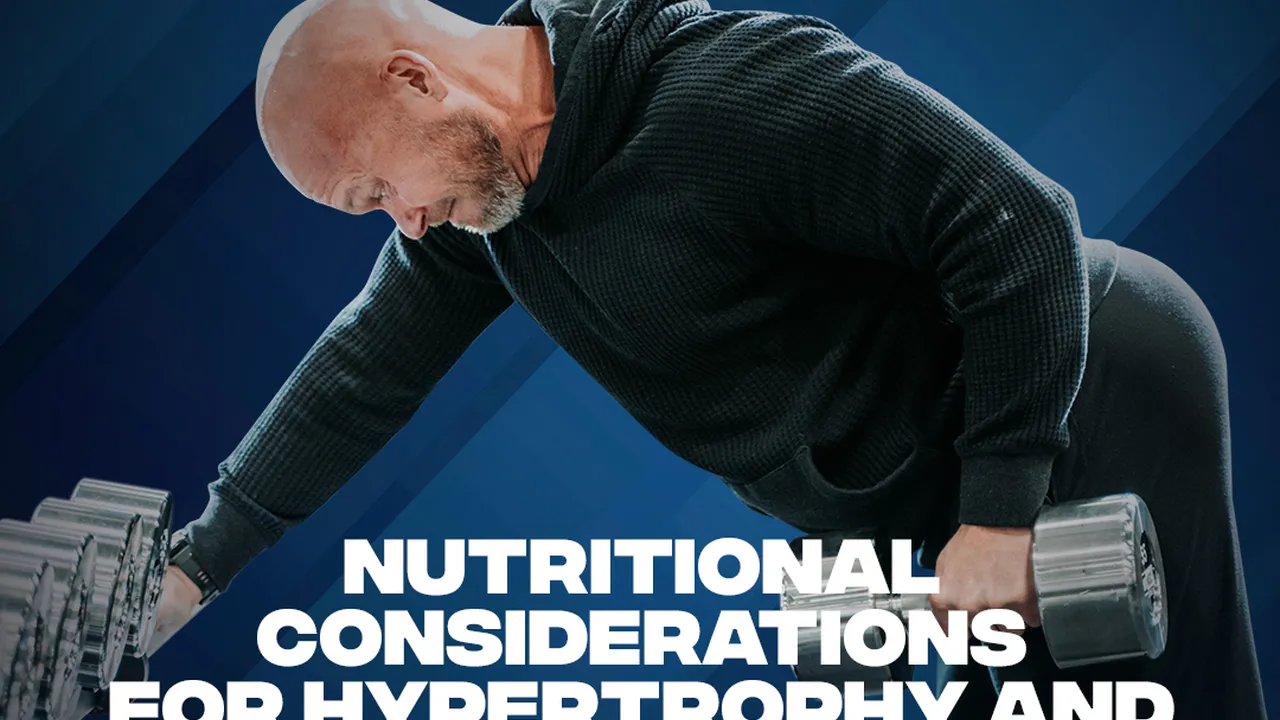Advanced Bodyweight Training: Beyond the Basics
Advanced bodyweight training can take your fitness to the next level. Moving beyond simple push-ups and squats, you'll discover a world of challenging exercises and progressions that build strength, endurance, and flexibility. This guide dives into advanced bodyweight techniques, equipment recommendations, and comparative analyses to help you optimize your training.
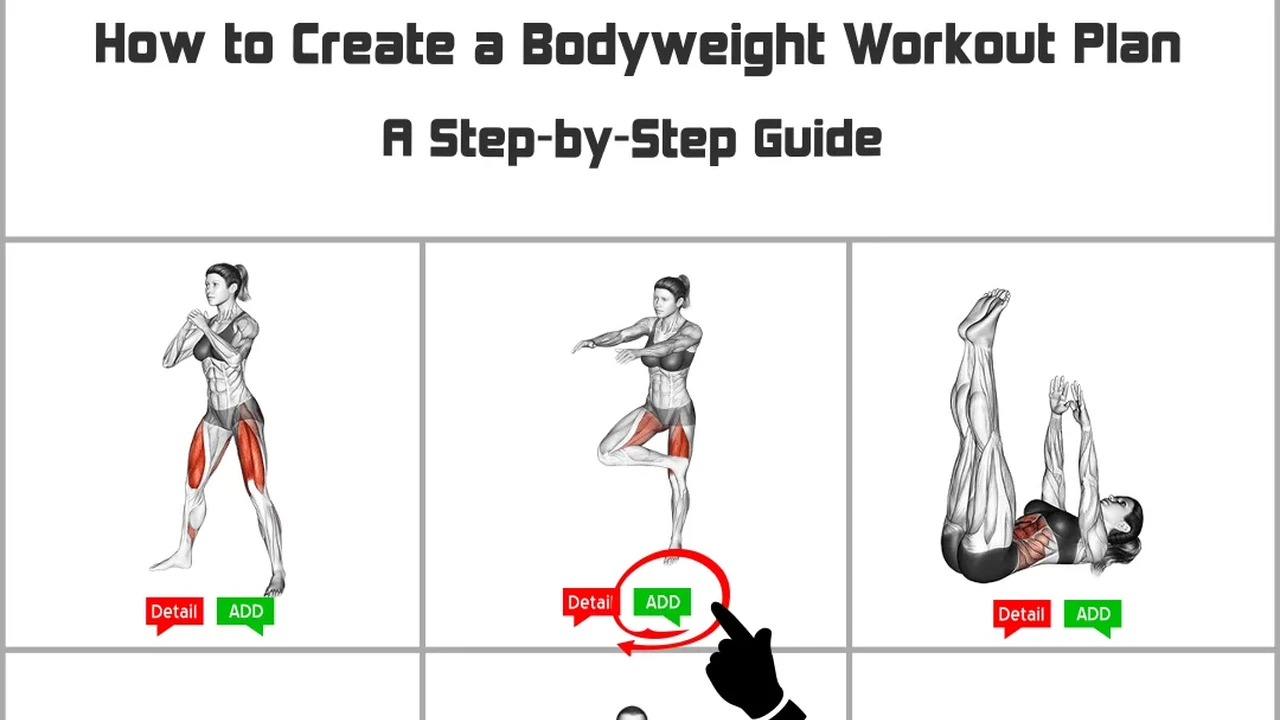
So, you've mastered the basics of bodyweight training? Great! Now it's time to crank things up a notch. Forget the same old routine; we're diving deep into the world of advanced bodyweight movements that will challenge your muscles, improve your mobility, and sculpt your physique. This isn’t just about getting bigger; it's about getting stronger, more agile, and more resilient.
Unlocking the Potential: Advanced Bodyweight Exercises and Progressions for Strength
Let's face it, regular push-ups can get boring. To truly challenge yourself, you need to explore more demanding variations. Here are a few key exercises and how to progress them:
- Pistol Squats (Single Leg Squats): These are a killer for leg strength and balance. Start by holding onto something for support and gradually decrease your reliance. Eventually, aim for a full pistol squat, ass-to-grass.
- Handstand Push-ups: A fantastic upper body exercise that builds shoulder strength and stability. Begin by practicing against a wall. As you get stronger, try freestanding handstand push-ups.
- Muscle-ups: A combination of a pull-up and a dip, requiring significant upper body strength and coordination. Use assistance (bands or a lower bar) to build the necessary strength.
- L-Sits: An isometric exercise that strengthens your core, hip flexors, and shoulders. Start with bent knees and gradually straighten your legs as you get stronger.
- Front Lever: An advanced gymnastic movement that requires immense core and lat strength. Start with tuck front lever progressions and gradually extend your legs.
Pro Tip: Focus on proper form and controlled movements. It's better to do fewer reps with perfect form than many reps with sloppy form. This will minimize your risk of injury and maximize your results.
Gear Up: Essential Bodyweight Training Equipment for Enhanced Performance and Safety
While bodyweight training is great because it requires minimal equipment, certain tools can significantly enhance your workout and provide added safety. Here are some recommendations:
- Pull-up Bar: A must-have for pull-ups, chin-ups, and muscle-ups. Consider a doorway pull-up bar or a wall-mounted option.
- Dip Bars: Perfect for dips, L-sits, and other upper body exercises. Look for sturdy, adjustable dip bars.
- Gymnastic Rings: Offer a greater range of motion and instability, challenging your muscles in new ways. Great for pull-ups, dips, rows, and push-ups.
- Resistance Bands: Useful for assistance with challenging exercises like pull-ups and muscle-ups, as well as adding resistance to easier exercises.
- Yoga Mat: Provides cushioning and grip for floor exercises.
- Parallettes: Mini parallel bars that are low to the ground. Great for L-sits, handstand push-ups, and other gymnastics-inspired movements.
Product Recommendations and Comparisons: Finding the Right Gear for Your Bodyweight Journey
Let's break down some specific product recommendations. Remember, price is just one factor; consider quality, durability, and your individual needs.
Pull-up Bars: Options for Every Space and Budget
- Budget Option: Iron Gym Total Upper Body Workout Bar ($25-$35): A classic doorway pull-up bar. Easy to install and remove. Great for beginners. However, its weight capacity is limited.
- Mid-Range Option: Rogue P-4 Pull-up System ($100-$150): A wall-mounted pull-up bar. More stable and durable than a doorway bar. Requires installation.
- Premium Option: Titan Fitness Wall Mounted Pull Up Chin Up Bar ($80-$120): A heavy-duty wall mounted bar. Can hold a lot of weight and is very durable. Requires installation.
Dip Bars: Stability and Adjustability are Key
- Budget Option: Lebert Equalizer Bars ($80-$100): Lightweight and portable dip bars. Good for beginners. Might not be stable enough for advanced movements.
- Mid-Range Option: Ultimate Body Press Dip Station ($130-$160): Sturdy and adjustable dip bars. Suitable for a wider range of exercises.
- Premium Option: Rogue Fitness Dip Bar ($250-$350): Heavy-duty dip bars designed for commercial gyms. Extremely stable and durable.
Gymnastic Rings: Unleash Your Inner Gymnast
- Budget Option: Nayoya Gymnastic Rings ($30-$40): Basic wooden gymnastic rings with adjustable straps. Good for beginners.
- Mid-Range Option: Rogue Wood Gymnastic Rings ($80-$100): High-quality wooden rings with textured grip. More durable and comfortable than cheaper options.
- Premium Option: Again Faster Wood Gymnastic Rings ($90-$110): Similar to Rogue, known for quality.
Resistance Bands: Assistance and Added Resistance
- Budget Option: Tribe Resistance Bands Set ($20-$30): A set of multiple resistance bands with varying resistance levels. Great for beginners.
- Mid-Range Option: Rogue Monster Bands ($15-$40 per band): Durable and high-quality resistance bands. Available in a wide range of resistance levels.
- Premium Option: Serious Steel Fitness Resistance Bands ($20-$50 per band): Very durable and high quality.
Choosing the Right Equipment: Consider your fitness level, budget, and available space. Start with the basics and gradually add more advanced equipment as you progress.
Mastering Movement: Focus on Form and Technique for Injury Prevention and Optimal Results
Advanced bodyweight training requires impeccable form. Don't rush the process. Focus on mastering the fundamentals before attempting more challenging variations. Here are some key principles:
- Engage Your Core: Keep your core muscles engaged throughout every exercise. This will stabilize your spine and prevent injury.
- Control Your Movements: Avoid momentum. Focus on controlled, deliberate movements.
- Listen to Your Body: Don't push through pain. Rest and recover when needed.
- Progress Gradually: Don't jump into advanced exercises too quickly. Build a solid foundation first.
- Record Your Progress: Keep track of your workouts and monitor your progress. This will help you stay motivated and identify areas where you need to improve.
The Power of Progression: How to Scale Bodyweight Exercises to Your Fitness Level
Progression is key to continuous improvement. Here's how to scale bodyweight exercises to match your fitness level:
- Regression: If an exercise is too difficult, modify it to make it easier. For example, if you can't do a full push-up, start with knee push-ups.
- Progression: As you get stronger, gradually increase the difficulty of the exercise. For example, once you can do 20 regular push-ups, try decline push-ups or close-grip push-ups.
- Add Resistance: Use resistance bands or a weight vest to add resistance to bodyweight exercises.
- Increase Reps and Sets: Gradually increase the number of reps and sets you perform.
- Decrease Rest Time: Gradually decrease the amount of rest time between sets.
Example Progression: From Beginner to Advanced Pull-ups
- Inverted Rows: Start with inverted rows to build upper back strength.
- Assisted Pull-ups: Use a resistance band to assist with pull-ups.
- Negative Pull-ups: Focus on the lowering portion of the pull-up.
- Chin-ups: Easier than pull-ups due to increased biceps activation.
- Pull-ups: Full pull-ups with proper form.
- Weighted Pull-ups: Add weight to increase the difficulty.
Workout Examples: Sample Bodyweight Training Routines for Different Goals
Here are a few sample workout routines to get you started. Adjust the exercises, reps, and sets to match your fitness level and goals.
Strength and Muscle Building Workout
- Pull-ups: 3 sets of as many reps as possible (AMRAP)
- Dips: 3 sets of AMRAP
- Pistol Squats: 3 sets of 8-12 reps per leg
- Handstand Push-ups: 3 sets of AMRAP
- L-Sits: 3 sets of 30-60 second holds
Endurance and Conditioning Workout
- Burpees: 3 sets of 20 reps
- Mountain Climbers: 3 sets of 30 seconds
- Jumping Jacks: 3 sets of 30 seconds
- High Knees: 3 sets of 30 seconds
- Plank: 3 sets of 60 second holds
Mobility and Flexibility Workout
- Yoga Poses (e.g., Downward Dog, Warrior Poses, Cobra Pose): Hold each pose for 30-60 seconds
- Dynamic Stretching (e.g., Arm Circles, Leg Swings, Torso Twists): Perform each exercise for 10-15 reps
- Foam Rolling: Focus on tight muscles (e.g., quads, hamstrings, back)
Fueling Your Body: Nutrition Strategies for Optimizing Bodyweight Training Performance and Recovery
Nutrition plays a crucial role in bodyweight training. To maximize your results, focus on eating a healthy, balanced diet that provides your body with the nutrients it needs to fuel your workouts and recover properly. Here are some key nutrition strategies:
- Protein: Essential for muscle repair and growth. Aim for 0.8-1 gram of protein per pound of body weight per day. Good sources of protein include lean meats, poultry, fish, eggs, dairy, and legumes.
- Carbohydrates: Provide energy for your workouts. Choose complex carbohydrates over simple carbohydrates. Good sources of complex carbohydrates include whole grains, fruits, and vegetables.
- Fats: Important for hormone production and overall health. Choose healthy fats over unhealthy fats. Good sources of healthy fats include avocados, nuts, seeds, and olive oil.
- Hydration: Drink plenty of water throughout the day to stay hydrated.
- Supplements: Consider taking supplements such as creatine, protein powder, and multivitamins to support your training. Consult with a healthcare professional before taking any supplements.
Staying Motivated: Tips and Tricks to Maintain Consistency and Achieve Your Goals
Staying motivated is essential for long-term success. Here are some tips and tricks to help you stay on track:
- Set Realistic Goals: Set achievable goals that will challenge you without being overwhelming.
- Track Your Progress: Monitor your progress and celebrate your achievements.
- Find a Workout Buddy: Working out with a friend can help you stay motivated and accountable.
- Join a Community: Connect with other bodyweight training enthusiasts online or in person.
- Reward Yourself: Treat yourself to something you enjoy after reaching a goal.
- Don't Be Afraid to Adjust: If you're not seeing results, don't be afraid to adjust your training plan.
- Remember Your "Why": Remind yourself why you started bodyweight training in the first place.
So, there you have it – a comprehensive guide to advanced bodyweight training. Now get out there, challenge yourself, and unlock your full potential!
:max_bytes(150000):strip_icc()/277019-baked-pork-chops-with-cream-of-mushroom-soup-DDMFS-beauty-4x3-BG-7505-5762b731cf30447d9cbbbbbf387beafa.jpg)



